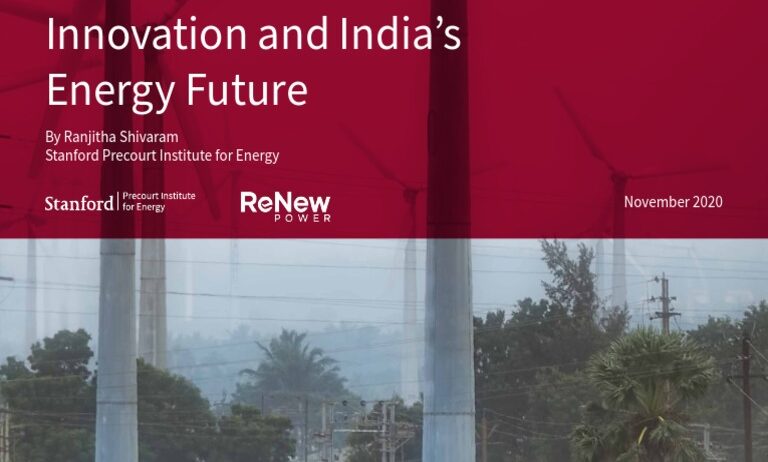India is a country grappling with significant energy demands due to its burgeoning population and rapidly developing economy. However, this situation also presents myriad opportunities for innovative energy conservation strategies. By exploring various approaches, one can discern a spectrum of successful initiatives that demonstrate India’s commitment to conserving energy and electricity.
At the heart of energy conservation in India is the integration of renewable energy sources. The country has emerged as a formidable player in the global renewable energy landscape. Notably, solar energy has gained momentum, propelling India toward ambitious targets. The Jawaharlal Nehru National Solar Mission aims to deploy 100 GW of solar power by 2022, fostering not only energy independence but also reducing greenhouse gas emissions. This extensive deployment is substantiated by a series of solar parks, such as the Nokh Solar Park, which showcases scalable models capable of significant energy output. The successful utilization of these large-scale solar installations underscores the potential for harnessing India’s abundant sunlight effectively.
Another significant advancement is observed in wind energy, with India being the world’s fourth-largest producer. States like Tamil Nadu and Gujarat have become paragons of successful wind energy projects, where the integration of wind turbines into the local landscape has not only contributed to energy generation but also offered potential economic benefits. This dual advantage illustrates how harnessing indigenous resources can bolster local economies while mitigating the dire consequences of fossil fuel dependency.
In addition to renewable sources, India has made commendable strides in enhancing energy efficiency through innovative policies and programs. The Energy Efficiency Services Limited (EESL) has pioneered several initiatives aimed at encouraging energy conservation in various sectors. One such success is the Unnat Jyoti by Affordable LEDs for All (UJALA) scheme, which has facilitated the distribution of over 360 million LED bulbs across the nation. These energy-efficient bulbs have dramatically reduced electricity consumption, potentially saving consumers significant amounts on their electricity bills while also contributing positively to the environment.
Furthermore, India has made systemic changes in its industrial sector, which represents a substantial portion of energy consumption. The Perform, Achieve and Trade (PAT) scheme incentivizes industries to reduce their energy intensity. By establishing specific energy consumption targets for different sectors, this scheme encourages companies to innovate and implement energy-efficient technologies. Success stories abound in major corporations that have realized significant savings through the adoption of energy management systems, effectively striking a balance between operational efficiency and environmental responsibility.
Additionally, residential energy conservation efforts are gaining traction. The government has championed the concept of Green Buildings, which adhere to comprehensive guidelines optimizing energy use. Initiatives like the Energy Conservation Building Code (ECBC) set forth crucial specifications for reducing energy consumption in commercial buildings. These codes emphasize improved insulation, efficient lighting, and energy management systems, creating environments that not only prioritize comfort but also sustainability.
The transportation sector, a notable contributor to energy consumption, is undergoing transformative changes aimed at conservation. Initiatives aimed at promoting electric vehicles (EVs) have been launched to reduce dependence on fossil fuels. The Faster Adoption and Manufacturing of Hybrid and Electric Vehicles in India (FAME) scheme incentivizes EV purchases. As charging infrastructures are gradually introduced, public awareness is being cultivated, ensuring that citizens are informed about the benefits of transitioning to cleaner mobility options.
Public awareness campaigns play a pivotal role in fostering a culture of conservation. Through educational programs and community engagement, citizens are empowered to adopt energy-efficient practices in their daily lives. Initiatives focusing on behavioral change underscore the importance of small actions—like switching off unneeded appliances, optimizing air conditioning settings, and utilizing public transport. These initiatives highlight that large-scale energy savings often commence at the individual level.
Moreover, India’s smart grid initiatives aim to modernize the electricity distribution system, enhancing efficiency and reliability. Smart meters enable real-time monitoring of energy consumption, empowering consumers to track usage patterns and make informed decisions about energy conservation. By integrating renewable resources and optimizing distribution networks, smart grids can minimize losses while facilitating smoother transitions to sustainable energy sources.
The synergy between technology and policy is a cornerstone of India’s energy conservation narrative. The government has increasingly recognized the need for research and development in the energy sector. Investment in innovation, such as energy storage technologies, is crucial for addressing intermittent power supply, particularly from renewable sources. Collaborative partnerships between academic institutions, industry leaders, and government bodies have the potential to yield solutions tailored to India’s unique challenges and opportunities.
India’s energy conservation journey is illustrated through a plethora of successful stories and strategies. By effectively leveraging renewable energy, promoting energy efficiency, investing in smart technologies, and raising public awareness, India is laying the groundwork for a more sustainable future. As these initiatives take root, they not only reflect India’s commitment to combatting climate change but also showcase the potential for energy conservation to drive economic growth. Given the right impetus and collective action, India is poised to emerge as a leader in the global transition toward sustainable energy solutions.







